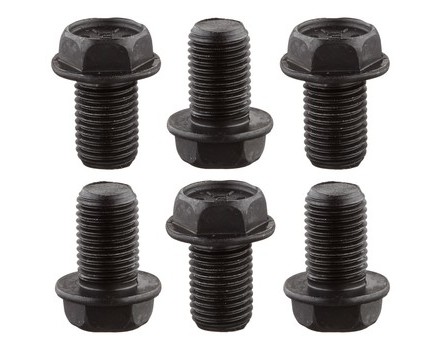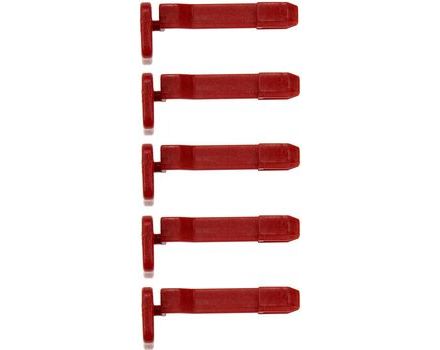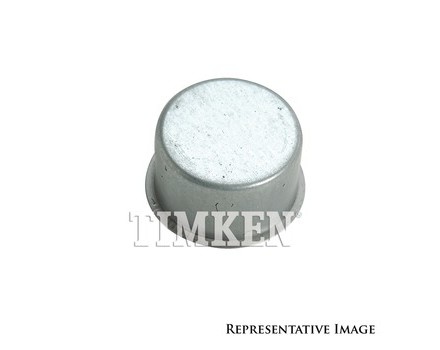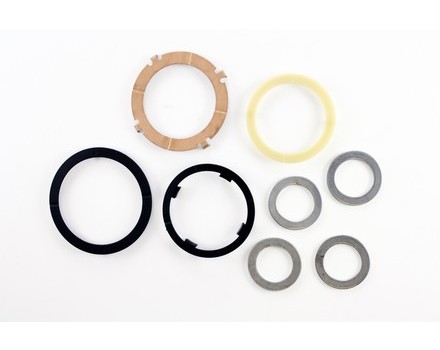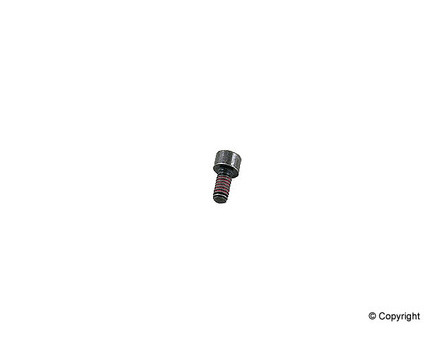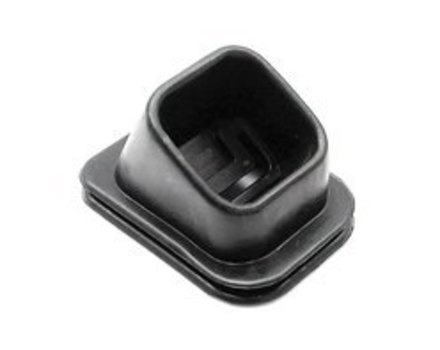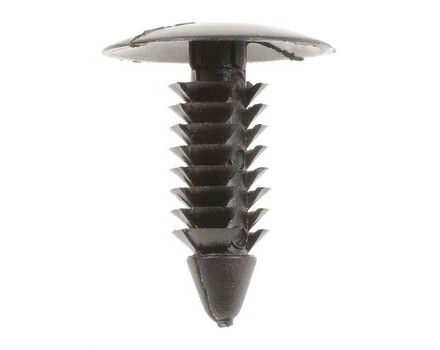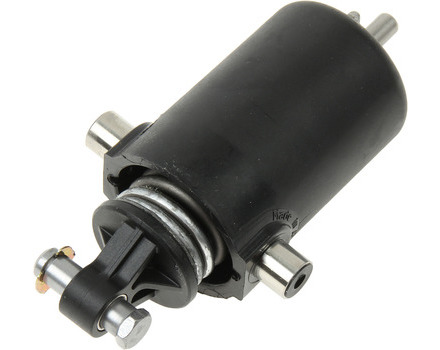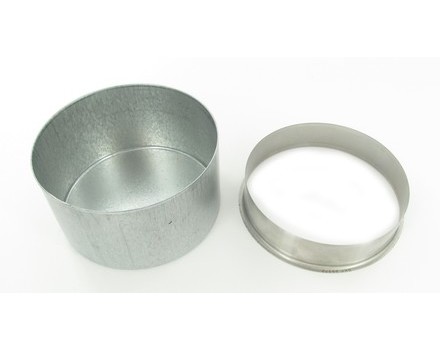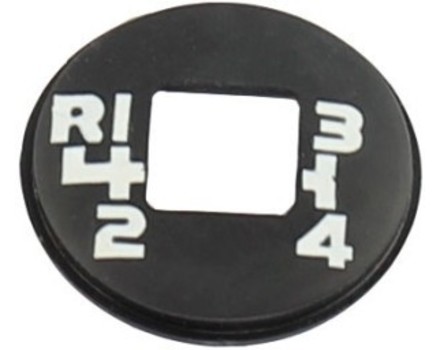Hardware, Fasteners and Fittings
Filter Options
Important: To get started, click the blue "Filter Options" button to select your vehicle and then use the filters to narrow your options.
Important: To get started, select your vehicle on the left and then use the filters to narrow your options.
What is Hardware, Fasteners and Fittings?
Hardware, Fasteners and Fittings are components used to secure the transmission parts of the vehicle. This includes nuts, bolts, screws, washers, pins, clips, and other small pieces of hardware that secure the transmission in place.
How do I know if my Hardware, Fasteners and Fittings are faulty?
You can inspect the hardware for signs of wear and tear, such as rust, corrosion, bent or broken pieces, and missing components. Additionally, you can check for any loose components that could cause the transmission to become dislodged.
Can a faulty Hardware, Fasteners and Fittings cause damage?
Yes, if the hardware is faulty and not secured properly, it can cause damage to the transmission, as well as other components of the vehicle.
How do I replace the Hardware, Fasteners and Fittings?
Replacing the hardware is a relatively easy process, but it is important to ensure that the new hardware is the correct size and type for your vehicle.
- Disconnect the battery and ensure that the vehicle is in Park and the emergency brake is fully engaged.
- Remove any dirt, grime and debris from the hardware.
- Remove the existing hardware and replace with the new hardware.
- Torque the bolts to the manufacturer’s specifications.
- Reconnect the battery and test the vehicle.
How often should I inspect my Hardware, Fasteners and Fittings?
It is recommended that you inspect your hardware at least once a year, or more frequently if you notice any signs of wear and tear. Additionally, you should inspect your hardware after any major repair or service to ensure that it is still secure.



